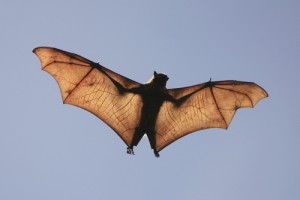Bats. They’ve always gotten the short end of the stick. No one wants them as pets, people run in their opposite direction and they’re genuinely creepy. But bats also act as a natural insecticide and farmers rely on them as much as they would an irrigation system or tiller.
So the fact that a rare disease is killing off millions of the tiny, winged creatures has farmers downright worried. Much of the bat population has become infected with a fungal disease known as white nose syndrome, which manifests itself as a powdery substance on the face of the bats.
The following states have experienced severe bat decimation:
- New York

- Vermont
- Massachusetts
- Connecticut
- Pennsylvania
- Virginia
- West Virginia
The problem has gotten so bad that more than 60 organizations have urged congress to approve funding for research of the syndrome.
The Forest Service estimates that the die-off from white nose syndrome means that at least 2.4 million pounds of bugs will go uneaten.
Why should you care? Because fewer bats means more pesticide use on farms, meaning more costs to farmers and hence, higher costs to consumers. The environmental effects of pesticide use are even worse.
Will the East Coast bat population survive this killer disease? Stay tuned.

Thanks for the article, Emily.
Why use a picture of an Asian fruit bat instead of a US bat species that is being depleted because of White-nose Syndrome (WNS)?
2012 US Fish & Wildlife Service estimated >5.7 millions bats killed by WNS. Those bats would have eaten 60 tons of insects nightly. What’s the cost to agriculture and consumers?